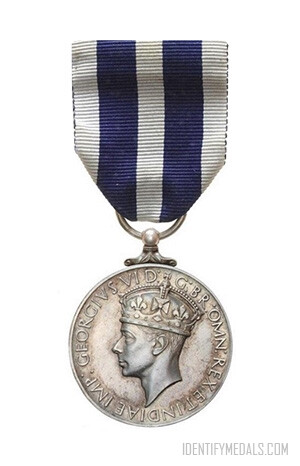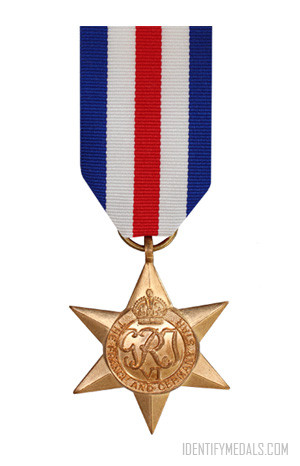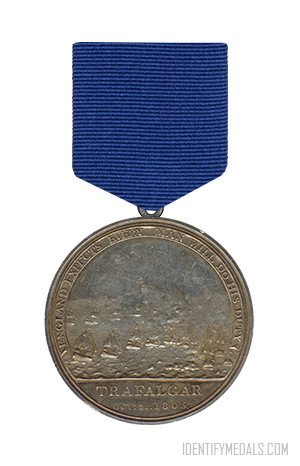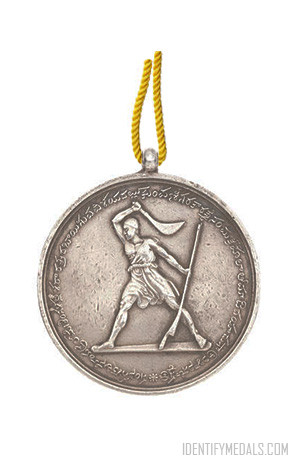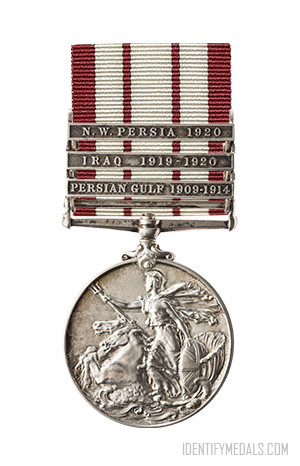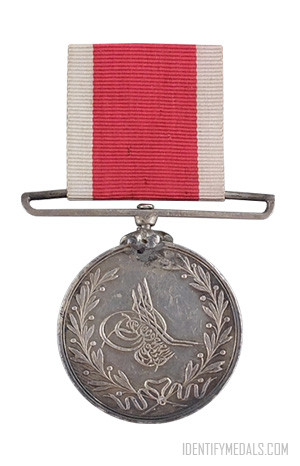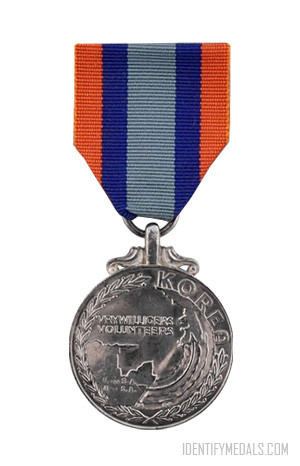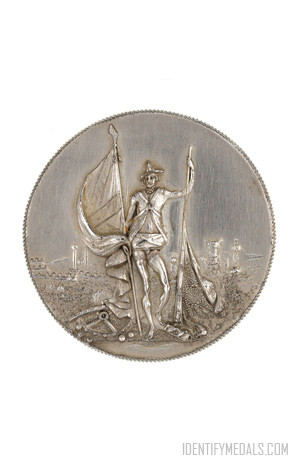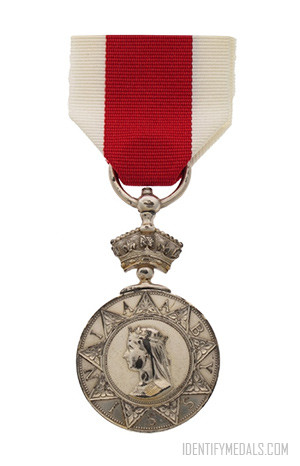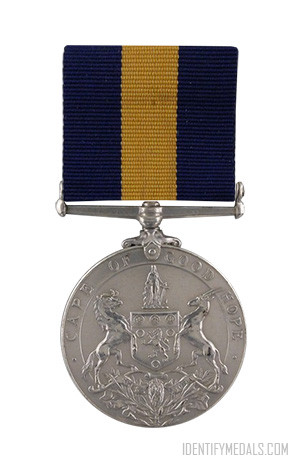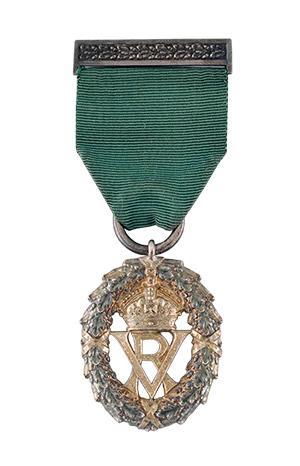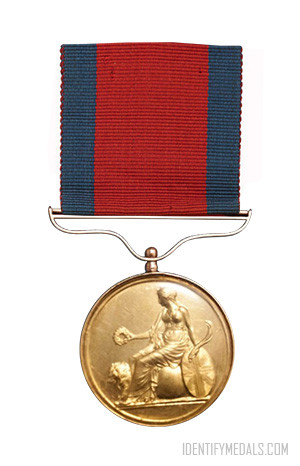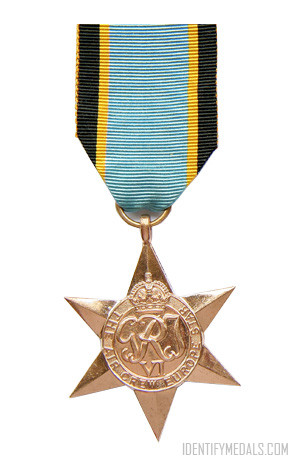- Time Period: Pre-WW1
- Institution: 7 July 1909
- Country: United Kingdom
The King’s Police Medal (or KPM) is bestowed upon police officers in the United Kingdom in recognition of acts of gallantry or distinguished service. Initially established on 7 July 1909, its creation was prompted by the need to honor the bravery exhibited by police officers during the Tottenham Outrage.
Originally, the medal was awarded across the wider British Empire, including Commonwealth nations. However, many of these countries now have their own systems of honors.
In 1940, the medal was renamed the King’s Police and Fire Services Medal (KPFSM), and it was later replaced by the Queen’s Police Medal (QPM) on 19 May 1954, coinciding with the establishment of a separate Queen’s Fire Service Medal. Following the passing of Queen Elizabeth II in 2022 and the ascension of King Charles III to the throne of the United Kingdom, the award reverted to its original name, the King’s Police Medal.
From 1909 to 1979, the medal was conferred a total of 4,070 times for acts of gallantry and distinguished service, including awards across dominions and the empire. During this period, 54 bars and one second bar were awarded in recognition of multiple acts of gallantry or service.
The King’s Police Medal Design
The medal is circular silver and measures 36 mm in diameter. The ribbon is suspended from a ring.
The obverse of the medal features the profile of the reigning monarch, accompanied by an inscription denoting the specific period of their reign. The reverse side depicts Saint Michael, the patron saint of police officers, holding a sword and shield at rest, symbolizing preparedness for peace.
Although the basic design has remained consistent since its inception in 1909, over time, the exergue of the medal underwent changes, with the addition of inscriptions such as “For Distinguished Police Service” or “For Gallantry.” Recipients’ names, ranks, and forces are inscribed on the rim of the medal.
The ribbon, originally dark blue with silver stripes at each edge, was later amended to include a central silver stripe and, for gallantry awards, a thin red stripe down the middle of each silver stripe from 1933 onwards.

